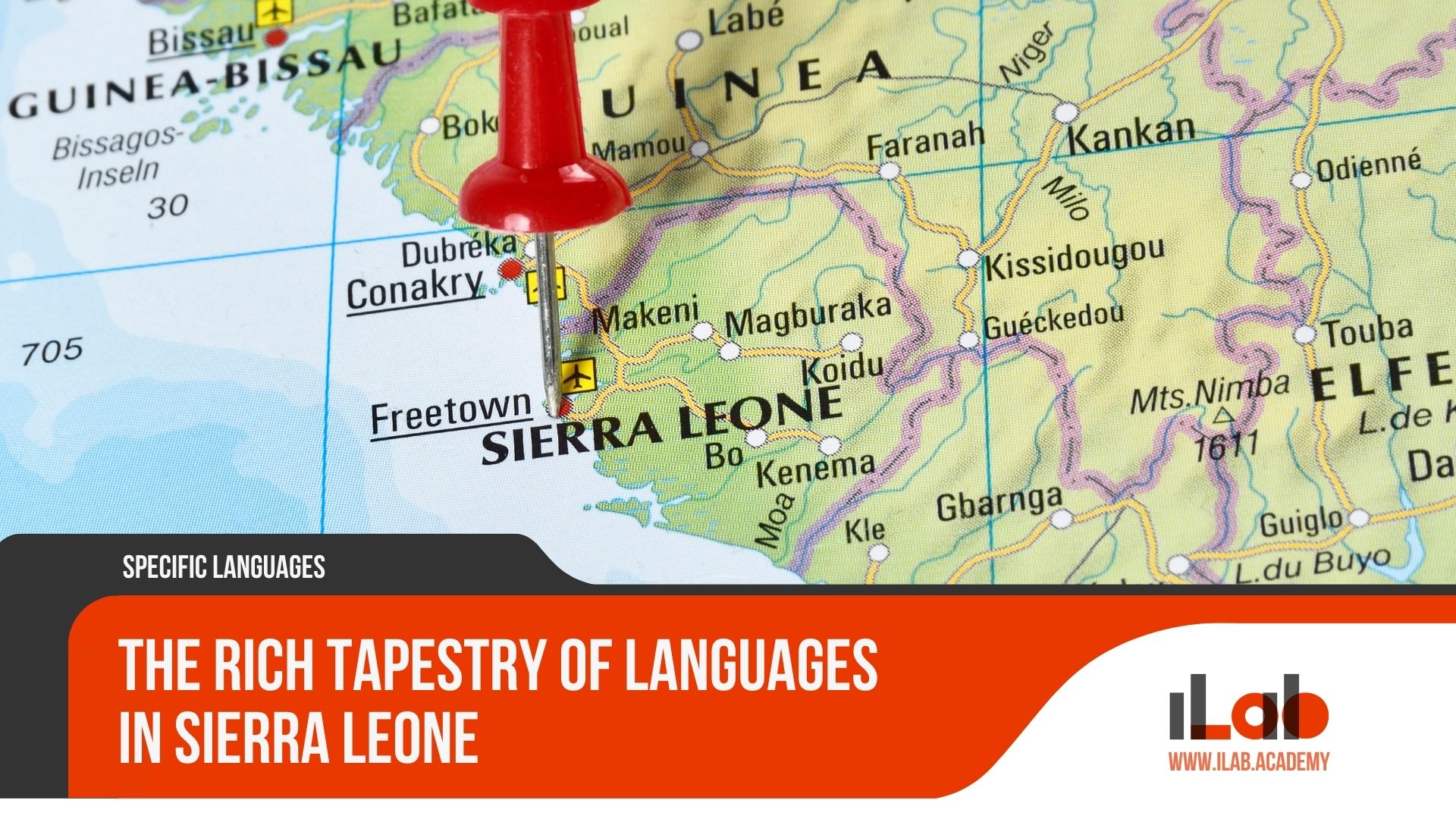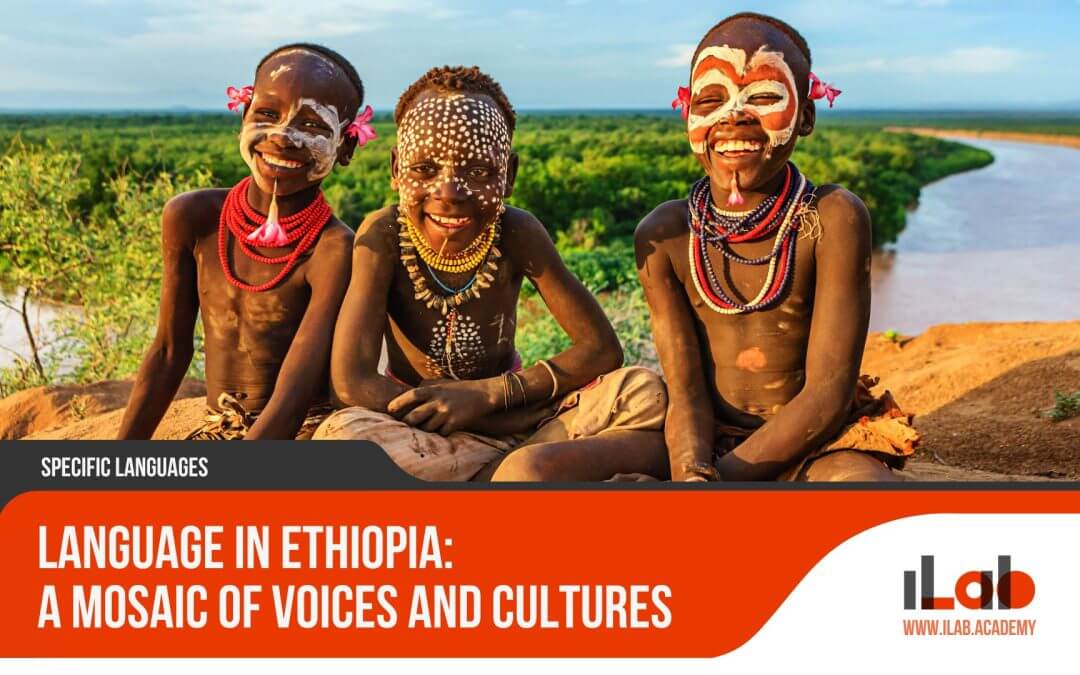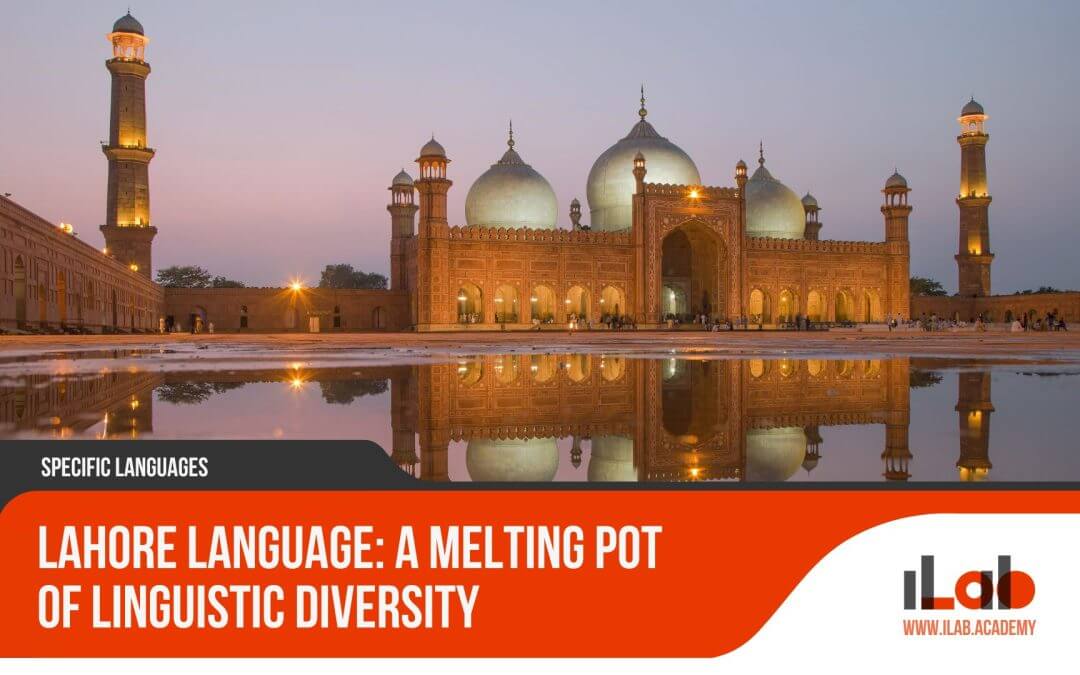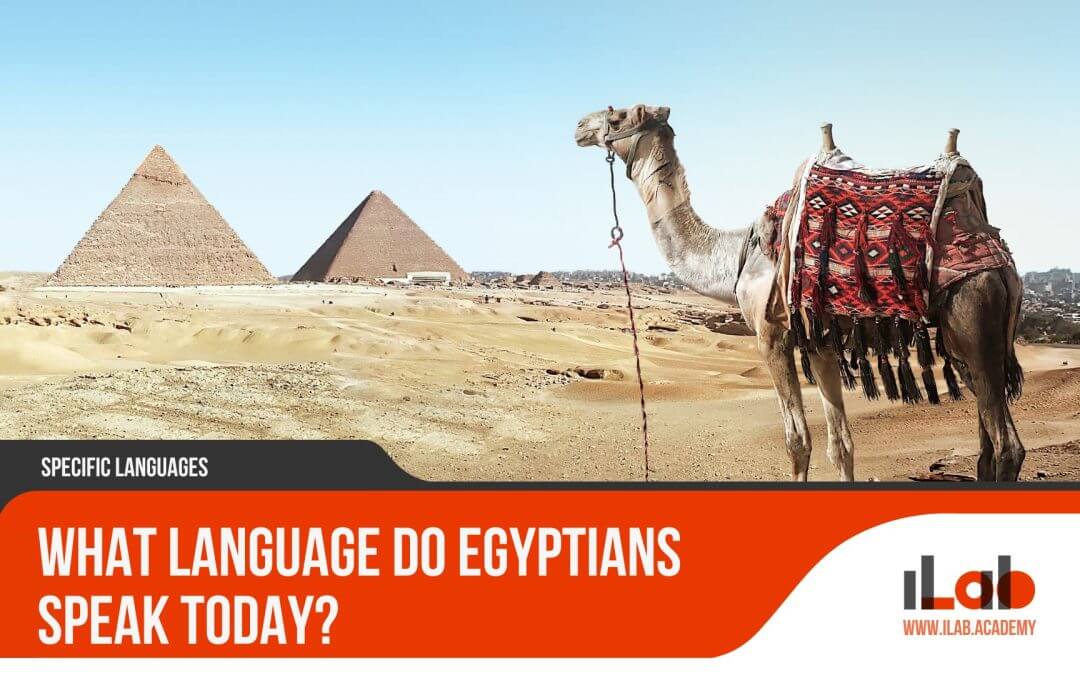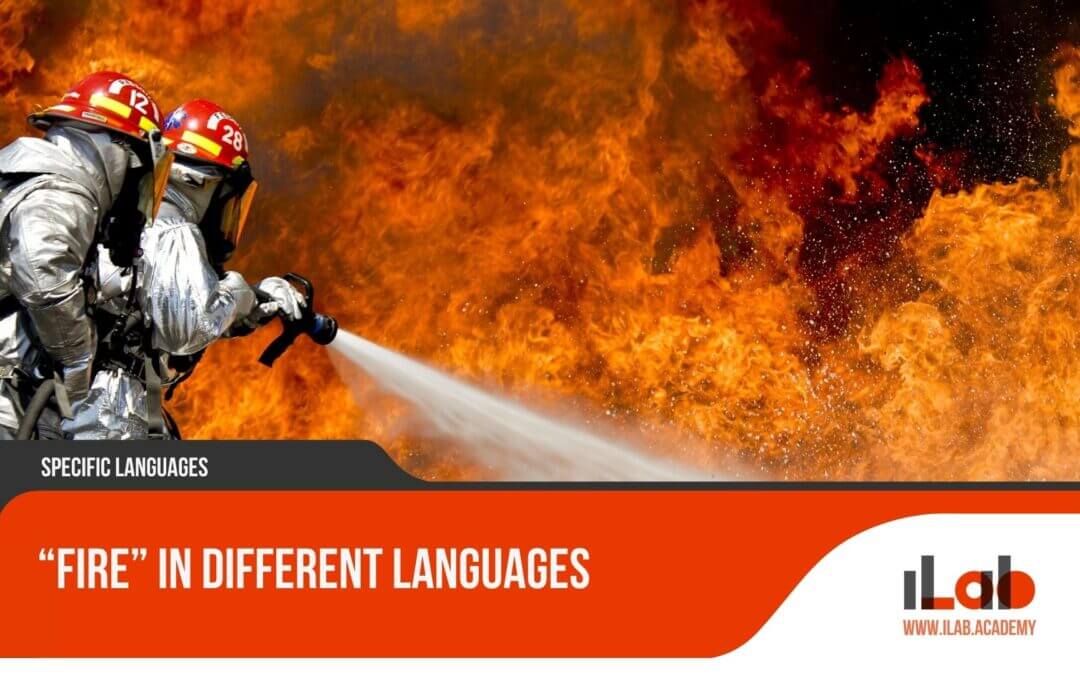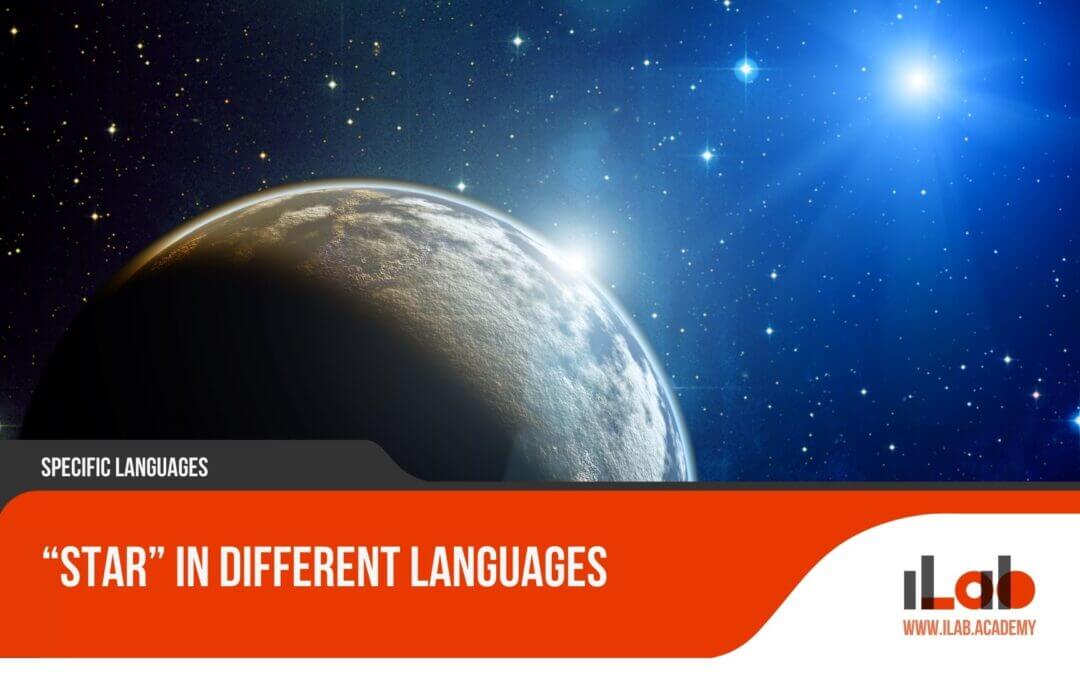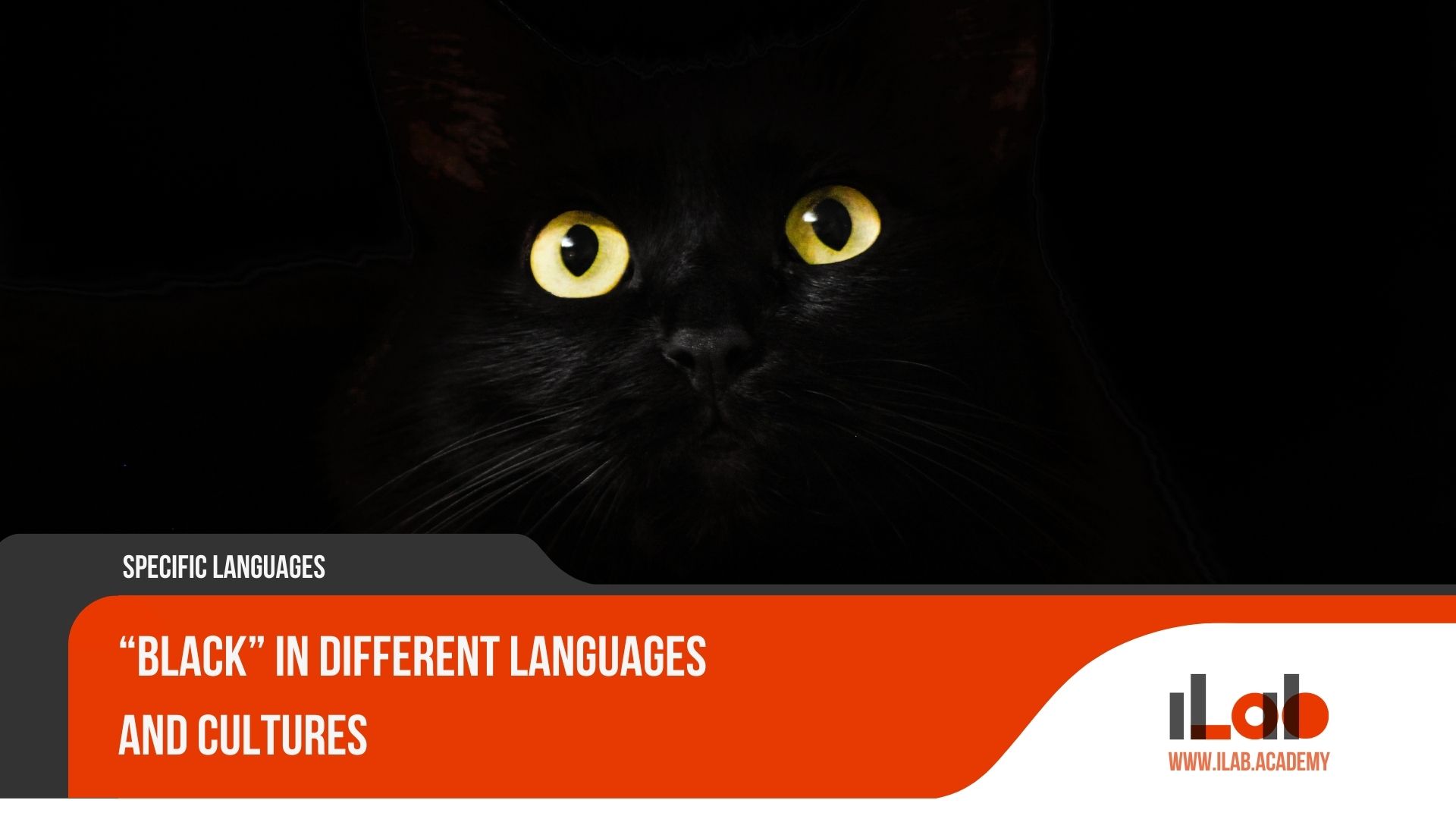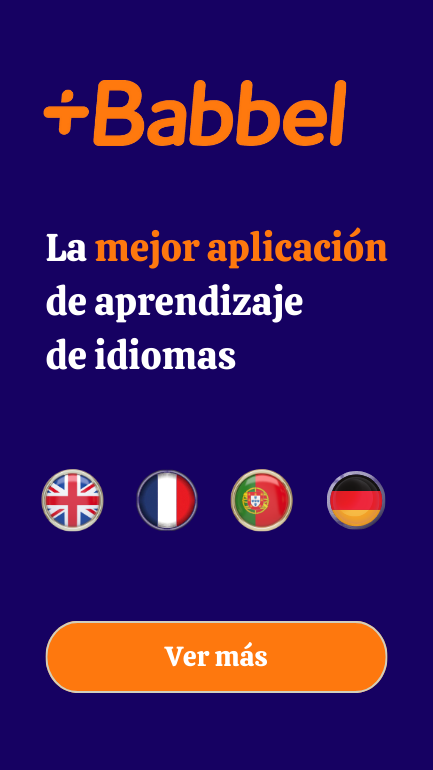Table of contents
Sierra Leone, a country etched with a profound history, presents a linguistic landscape as variegated as its cultural heritage. The interwoven threads of its language tapestry are not merely a means of communication but also a mirror reflecting the complexities of its societal fabric. As English marks the trails of official discourse, Krio bridges the everyday exchanges among the myriad ethnic groups, highlighting the nation’s adaptability and resilience. The symphony of indigenous tongues, from Mende to Temne, sings the stories of tradition and belonging. As we begin to explore the layers of this linguistic mosaic, one must consider the intricate balance between the preservation of local dialects and the embrace of a global lingua franca. This narrative beckons us to contemplate the implications of linguistic diversity on national identity and social cohesion in Sierra Leone, inviting us to ponder the ways in which language shapes the contours of a community’s collective consciousness.
Key Takeaways
- Sierra Leone is a country in West Africa known for its rich cultural diversity, which is reflected in its linguistic landscape.
- English is the official language of Sierra Leone, playing a significant role in government, education, and media.
- Krio is the most widely spoken language in Sierra Leone, serving as a lingua franca that unites various ethnic groups.
- Sierra Leone is home to a wide array of indigenous languages, each with cultural significance and use in local communities, education, and cultural ceremonies.
Official Language: English
As the official language of Sierra Leone, English serves as the primary medium of communication in government affairs, formal education, and national media. Its prevalence in these key domains underscores its role as a cornerstone of the nation’s official discourse. English unites the diverse linguistic landscape of Sierra Leone, facilitating interactions within a country that is home to multiple ethnic languages.
The historical context of English in Sierra Leone dates back to the colonial period, when the country was part of the British Empire. The language was instituted as a tool of administration, education, and trade among the colonial rulers and the indigenous population. This legacy carried on post-independence, with English remaining the official language as a means to maintain continuity in governance and international relations.
In the educational system, English is the language of instruction from primary school through to higher education. This ensures that students across Sierra Leone have a common platform for learning, despite their varied linguistic backgrounds. Similarly, in government operations, English is the language of legislation, judiciary proceedings, and official documentation, which promotes a standardized approach to public administration.
The media also predominantly operates in English, which is critical for national cohesion and information dissemination. Newspapers, television broadcasts, and radio programs typically use English, allowing a nation-wide audience to access news and entertainment.
This linguistic framework, with English at its helm, is essential for Sierra Leone’s participation in global affairs. As the world becomes increasingly interconnected, English as the official language positions Sierra Leone to engage effectively on international platforms, from diplomacy to trade and beyond.
Krio: The Lingua Franca
While English serves as the official language in Sierra Leone, it is Krio that resonates in the streets and marketplaces as the lingua franca, bridging communication across the country’s diverse ethnic landscape. A Creole language that emerged during the Atlantic slave trade, Krio is rooted in English but incorporates various African languages, reflecting the nation’s complex history and cultural interactions.
Krio’s pervasive influence is evident in several key aspects of Sierra Leonean life:
- National Unity: Krio acts as a neutral medium among the 18 ethnic groups in Sierra Leone. It facilitates dialogue and fosters a sense of national identity, transcending ethnic divisions and promoting social cohesion.
- Cultural Expression: Through its idiomatic expressions, proverbs, and sayings, Krio reflects the wit and wisdom of Sierra Leonean culture. It is a language rich with storytelling traditions and is used in music, entertainment, and the arts, which are integral to the country’s cultural vibrancy.
- Accessibility: Krio is the most accessible language for the majority of Sierra Leoneans. It plays a crucial role in education, with many children learning in Krio before transitioning to English-based instruction. In informal settings, Krio is the default language for day-to-day interactions, enabling participation in civic life for those who may not be proficient in English.
The significance of Krio extends beyond mere communication; it embodies the resilience and adaptability of the Sierra Leonean people. Its usage in daily life, from informal conversations to radio broadcasts, cements its role as a unifying force in a multilingual society. Understanding Krio is essential for anyone wishing to fully engage with the social and cultural tapestry of Sierra Leone.
Indigenous Languages
Sierra Leone boasts a tapestry of indigenous languages, with Mende, Temne, Limba, Kono, and others playing vital roles in the nation’s cultural and community life. These languages are not merely communication tools; they embody traditions, histories, and identities. Mende and Temne, for example, are the most spoken indigenous languages, pivotal to the social fabric of their respective ethnic groups. Limba and Kono, while less widely spoken, hold equal cultural importance within their communities.
The distribution of these languages often aligns with the geographic and tribal divisions of the country, with certain languages serving as markers of ethnic identity. In local communities, indigenous languages are used in everyday conversation, traditional ceremonies, and storytelling, acting as vessels of cultural transmission. Their usage in educational settings is also growing, with the government recognizing the importance of mother-tongue instruction in early learning.
The following table provides a snapshot of the indigenous languages and their significance in Sierra Leone:
| Language | Ethnic Group | Significance |
|---|---|---|
| Mende | Mende People | Used in formal and informal settings, large speaker base |
| Temne | Temne People | Prominent in trade and local governance |
| Limba | Limba People | Integral to cultural rites and oral history |
| Kono | Kono People | Preserves unique traditions and artisanal crafts |
| Krio | All Groups | Lingua franca, derived from English and indigenous languages |
As the table suggests, while Krio serves as a bridging language across ethnic boundaries, it is rooted in the indigenous languages that continue to define the diverse communities of Sierra Leone. The interplay between these languages furthers social cohesion and reflects the country’s complex cultural landscape. Understanding and preserving these linguistic heritages are essential to maintaining Sierra Leone’s rich cultural identity.
Language Preservation and Education
Recognizing the cultural significance of Sierra Leone’s indigenous languages, efforts are underway to address the challenges of language preservation in the face of globalization and urbanization. As English dominates formal settings, the harmonious coexistence of local languages with global lingua francas is essential for the cultural identity of Sierra Leone’s diverse ethnic groups. Education is a critical arena where the interplay of language preservation and modernization unfolds.
Current strategies for safeguarding Sierra Leone’s linguistic heritage include:
- Curriculum Design: The development of educational materials that integrate indigenous languages into the curriculum is gaining momentum. These materials aim to promote literacy and fluency among young learners in their mother tongues, alongside English proficiency.
- Teacher Training: Specialized training programs are being implemented to equip educators with the skills to teach in both English and local languages. This dual-language approach ensures that students are not alienated from their cultural roots while still being able to engage with the wider world.
- Community Involvement: Grassroots movements and community-led initiatives play a pivotal role in revitalizing local languages. By involving elders and cultural practitioners in educational programs, children learn to value their linguistic heritage.
The integration of Sierra Leone’s indigenous languages in academic settings is guided by educational policies that recognize the importance of linguistic diversity. These policies are designed to foster an environment where local languages are not only maintained but also celebrated as a vital component of the nation’s identity. The ongoing commitment to language preservation through education is crucial for the social cohesion and cultural vitality of Sierra Leone.
The Role of Languages in Social Integration
The diverse languages of Sierra Leone serve as integral conduits for social integration, fostering understanding and unity among its various ethnic communities in the post-conflict era. The country’s multilingualism is not just a testament to its cultural richness but also to its potential as a unifying force. Through language, disparate groups find common ground, engage in dialogue, and work toward a harmonious coexistence.
In the matrix of Sierra Leone’s social fabric, languages intersect with issues of identity, governance, and education. Here is a snapshot of this dynamic interaction:
| Language | Role in Social Integration | Example of Use |
|---|---|---|
| English | Official administration and education | Government policy dissemination |
| Krio | Lingua franca bridging ethnic divides | Marketplaces and urban centers |
| Mende | Ethnic identity and cultural heritage | Traditional ceremonies |
| Temne | Community engagement and local governance | Village council meetings |
Such linguistic diversity has contributed significantly to social integration in Sierra Leone. English, as the official language, provides a common platform for national discourse and international engagement. Krio, with its widespread usage, allows for everyday communication across ethnic lines, often acting as the go-between among speakers of different indigenous languages.
Indigenous languages like Mende and Temne, on the other hand, offer a sense of belonging and cultural continuity, which is crucial for the social fabric of local communities. They play a pivotal role in maintaining traditions and fostering group solidarity.
Language in Sierra Leone is not just a means of communication; it’s a tool for building bridges. As the nation continues to heal and grow from its past conflicts, the strategic nurturing of its linguistic diversity is essential for fostering lasting social integration and national unity.
Language and Identity
Exploring the multifaceted relationship between language and identity unveils the profound ways in which the spoken word shapes personal and communal sense of self in Sierra Leone. The languages of Sierra Leone are not merely tools for communication; they are potent symbols of cultural and ethnic identity. In this West African nation, language serves as a social determinant, often indicating an individual’s regional origin, social status, and group affiliations.
Here is how language underpins aspects of identity in Sierra Leone:
- Ethnic Roots and Heritage: The choice of language, especially among the array of indigenous tongues like Mende, Temne, and Limba, is deeply connected to one’s ethnic identity. It signifies belonging to a particular community with shared customs, traditions, and history.
- Multilingualism and Social Dynamics: The ability to navigate multiple languages is commonplace and reflects complex social relations. Multilingualism facilitates interethnic communication and is a testament to the adaptive and integrative nature of Sierra Leone’s society.
- Krio and National Unity: Krio, the lingua franca, transcends ethnic divisions and has emerged as a symbol of national identity. It plays a pivotal role in forging a common identity among Sierra Leoneans from diverse backgrounds.
Language in Sierra Leone does more than convey meaning; it carries the weight of historical contexts, embodies cultural narratives, and reaffirms social ties. The interplay between language and identity is thus a critical facet of understanding the collective and individual selves of Sierra Leoneans. It is a dynamic that continually evolves, influenced by factors such as migration, education, and global media, further enriching the country’s sociolinguistic tapestry.
Impact of Foreign Languages and Media
Globalization has ushered in a wave of foreign languages that are reshaping the linguistic landscape of Sierra Leone, as seen in the rising prevalence of French, Arabic, and other languages in various forms of media. This infiltration is largely attributed to the forces of trade, education, and the expansive reach of modern media. As the country opens its doors to international markets and educational exchanges, these foreign languages gain a foothold, influencing communication patterns and cultural consumption.
The impact of media is particularly noteworthy. Television programs, radio broadcasts, and internet content often arrive in languages other than the local tongues, introducing Sierra Leoneans to a broad spectrum of global perspectives. French, due to the proximity of Francophone countries, and Arabic, because of religious affiliations and educational ties, are prominent among the foreign languages that have carved a niche in the Sierra Leonean media space.
This exposure has a multifaceted effect on the local linguistic environment. On the one hand, it provides opportunities for language learning and cultural exchange, potentially increasing multilingual capabilities among Sierra Leoneans. On the other hand, the pervasive presence of foreign languages through media could exert pressure on indigenous languages, potentially leading to language shift or attrition, especially among the younger, more media-engaged population.
The government and educational institutions face the challenge of balancing these influences. While recognizing the value of global linguistic competencies for economic and social advancement, there is also a pressing need to preserve and promote indigenous languages. This delicate equilibrium is central to maintaining Sierra Leone’s rich linguistic heritage while embracing the inevitable changes brought about by globalization and technological advancements.
Challenges in Multilingual Settings
Navigating the complexities of a multilingual society presents unique challenges, particularly in the spheres of education, legal proceedings, and public administration in Sierra Leone. The intersecting languages within the nation’s borders create scenarios where communication and service delivery can either be facilitated or hindered, depending on the strategies in place to address linguistic diversity.
To understand the intricacies, consider the following challenges:
- Education: The education system grapples with the decision of the medium of instruction. While English is the official language, many children come from homes where indigenous languages predominate. This can create a barrier to learning, as students may struggle to understand and engage with the curriculum presented primarily in English.
- Legal Proceedings: Justice is ideally served when all parties fully understand the legal processes and language used in courts. However, in a multilingual context, there’s a demand for interpreters and translated materials to ensure fair proceedings. The scarcity of professional interpreters in less common languages can lead to delays and even miscarriages of justice.
- Public Administration: Effective governance requires clear communication between officials and citizens. In Sierra Leone, the use of multiple languages can complicate public information dissemination, policy implementation, and the delivery of services. The government must therefore work towards multilingual communication strategies to cater to the diverse linguistic needs of its population.
In addressing these challenges, Sierra Leone must balance the respect for linguistic heritage with practical solutions that ensure inclusivity and effectiveness across all areas of society. This involves a concerted effort to strengthen language policies, invest in language education, and develop resources that bridge linguistic divides.
Frequently Asked Questions
How Have Sierra Leone’s Trade Relationships Influenced the Introduction of New Words or Phrases Into the Local Languages?
Trade relationships have historically facilitated linguistic exchange, introducing new vocabulary into local vernaculars. In places like Sierra Leone, this phenomenon likely occurs as traders interact with locals, necessitating a shared language for commerce. Consequently, foreign terms, particularly related to goods, technology, and concepts introduced through trade, may be assimilated into local languages, enriching the lexicon and sometimes even influencing grammatical structures.
What Role Does Music Play in the Preservation and Dissemination of Sierra Leone’s Languages?
Music plays a pivotal role in preserving and disseminating Sierra Leone’s languages by embedding linguistic elements in memorable melodies, thus fostering cultural heritage. Through songs, indigenous languages gain a platform for wider exposure and appreciation, even among non-native speakers. The lyrical content of music often reflects societal values, history, and narratives, serving as a vehicle for language retention and education, while also contributing to the vibrancy of the nation’s linguistic mosaic.
Are There Any Unique Technological Innovations or Software Being Developed to Support the Learning and Usage of Sierra Leone’s Indigenous Languages?
To address the inquiry, while there are no widely recognized technological innovations specific to Sierra Leone’s indigenous languages, efforts to support their learning and usage may include localized language apps or educational software. Such tools would facilitate the acquisition and preservation of these languages, though they are not prominent in the mainstream tech industry. Collaboration between language experts and software developers could potentially yield significant advancements in this area.
How Does the Sierra Leonean Diaspora Contribute to the Global Awareness and Preservation of Their Native Languages?
The Sierra Leonean diaspora plays a pivotal role in raising global awareness and preserving native languages by creating cultural associations, organizing language classes, and utilizing digital media to share linguistic resources. They foster a sense of community and identity among emigrants, ensuring that their languages and cultural heritage remain vibrant and accessible to future generations, even beyond the borders of Sierra Leone.
Have There Been Any Significant Linguistic Changes or Developments in Sierra Leone’s Languages Due to the Influence of Social Media and Internet Communication?
In recent years, the proliferation of social media and internet communication has indeed influenced linguistic patterns in Sierra Leone. With increased online engagement, there is a notable infusion of internet slang and English language expressions into daily speech. This digital exposure has facilitated language evolution and may have implications for indigenous language usage, necessitating further study to understand the long-term effects on Sierra Leone’s linguistic diversity.
Conclusion
In conclusion, Sierra Leone’s linguistic mosaic is a cornerstone of its national identity, reflecting a complex history and dynamic cultural exchanges. The coexistence of English, Krio, and numerous indigenous tongues illustrates the intricate balance between tradition and modernity. While fostering social integration, these languages also present challenges in terms of preservation and education. Addressing these challenges is crucial for the continuity of Sierra Leone’s rich linguistic heritage and the enhancement of its cultural diversity.

